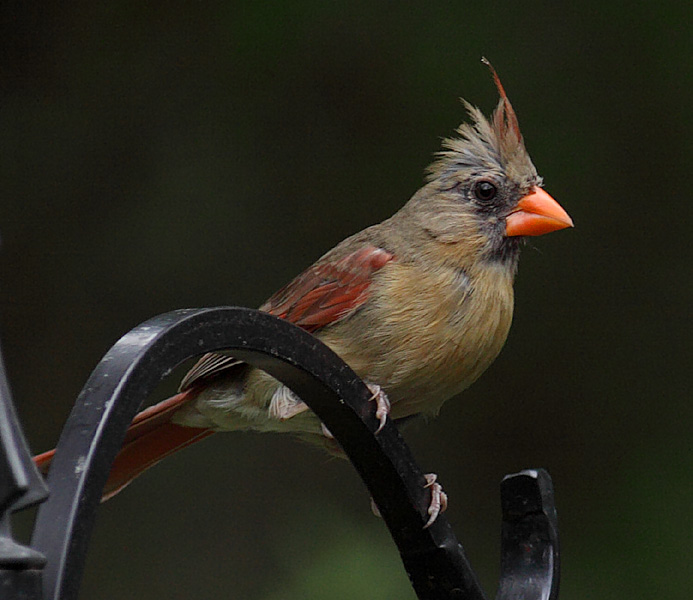
Female Northern Cardinal
Alice and I visited New Castle, New Hampshire, staying with two couples that we had met on our Australia and New Zealand tour in January. New Castle is located just outside of Portsmouth on the Atlantic coast.
I saw quite a few birds in their backyards and neighborhood. Most of these species were easy to identify as they are common here in Virginia as well, but sub-species variations combined with heavy molt and wet feathers made identifying of couple of them a challenge.

Female Northern Cardinal
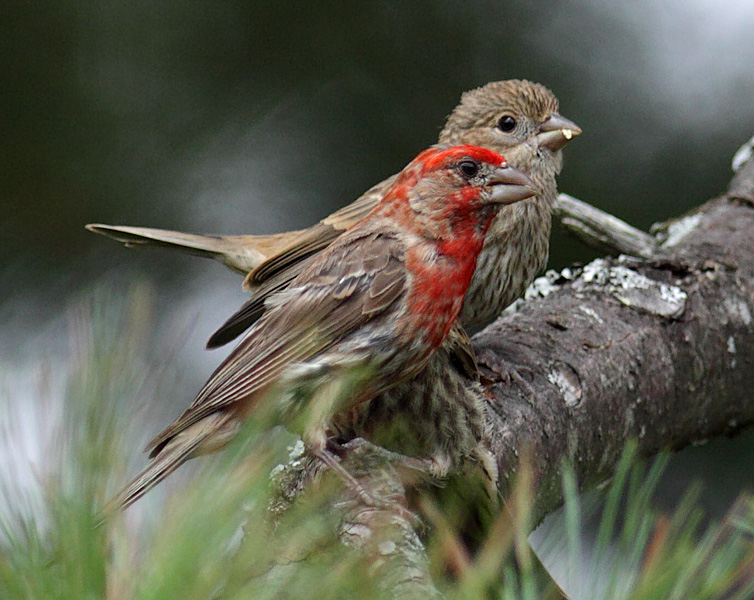
Male and female House Finches

Male House Sparrow
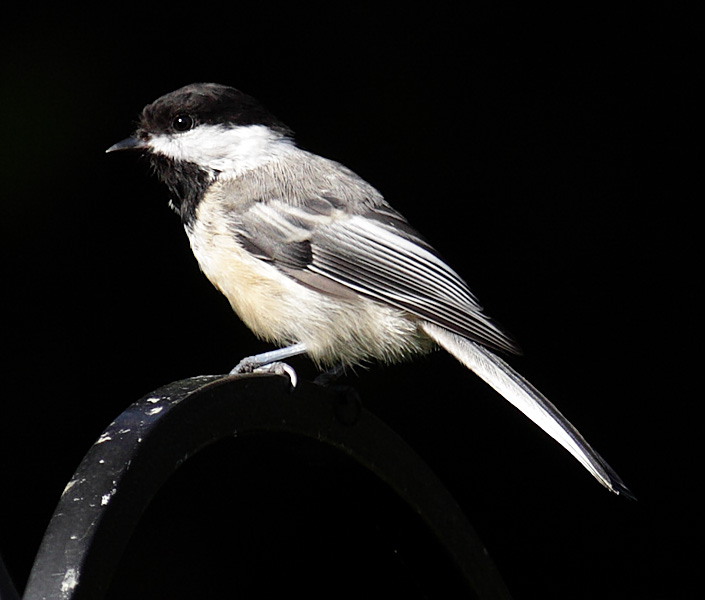
Black-capped Chickadee
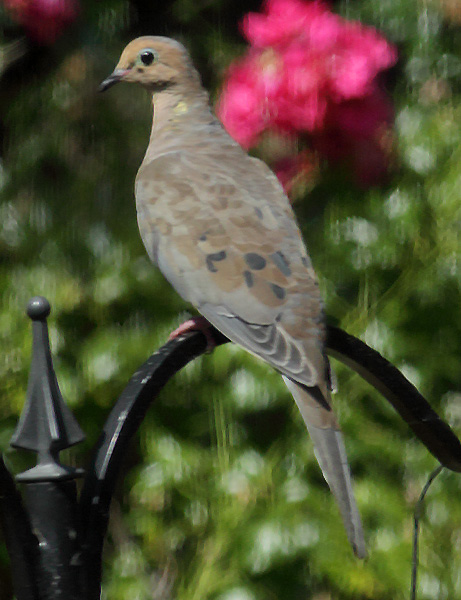
Mourning Dove
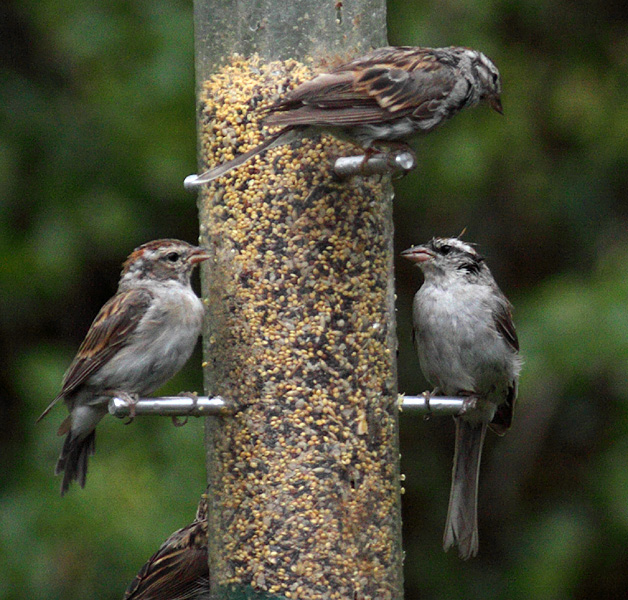
Chipping Sparrows
The prominent bill, light breast streaking and small central spot, and molting made me look several times at a couple of Song Sparrows before being sure of this species.
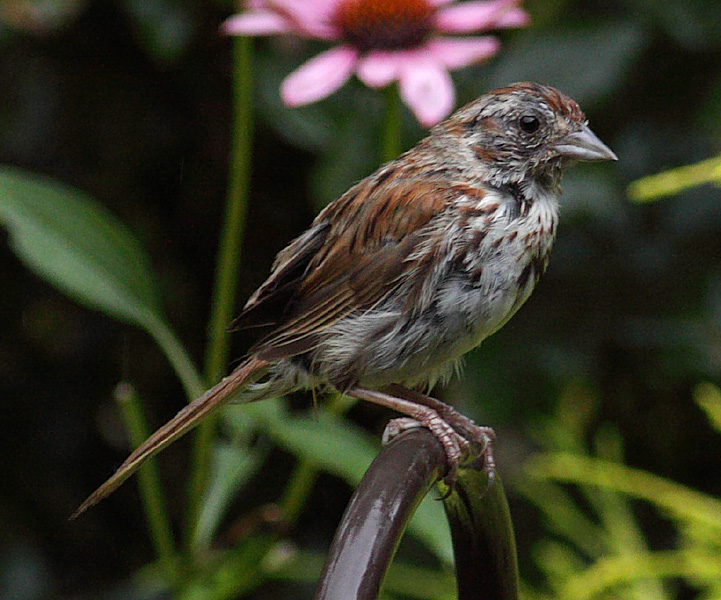
Song Sparrow
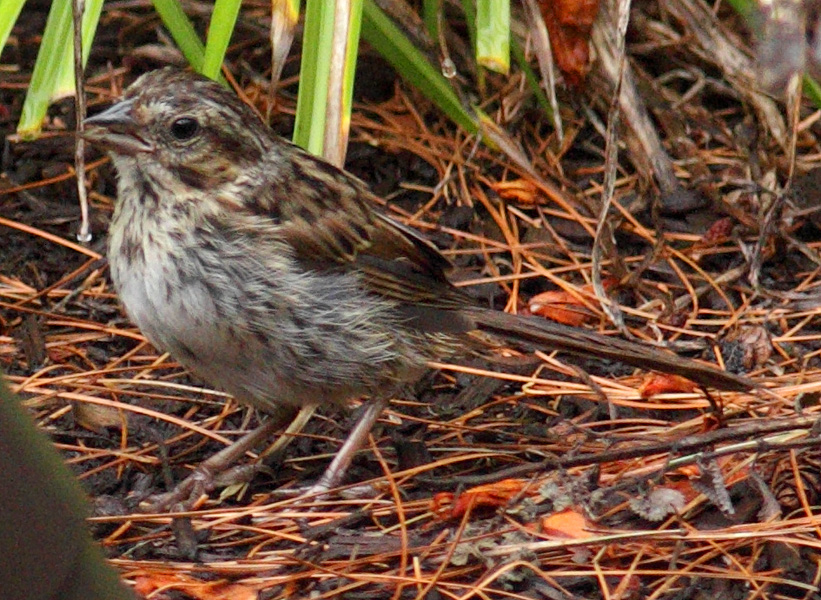
Song Sparrow
| Most of the American Goldfinches looked like the ones here in Virginia, but one of them really threw me. There was so much black on its back that I wondered if it might be an Evening Grosbeak. |
|
|
|
A Great Blue Heron welcomed the morning sun in one of the backyards. There were a few American Robins as well. Chimpmunks and a woodchuck also made appearances.
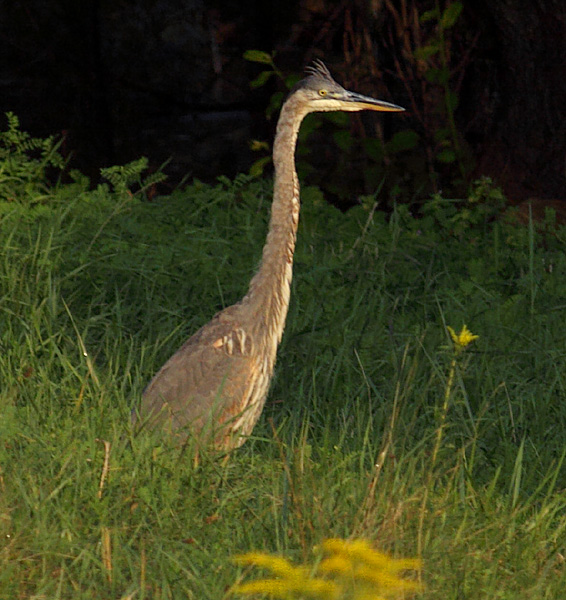
Great Blue Heron

Chipmunk
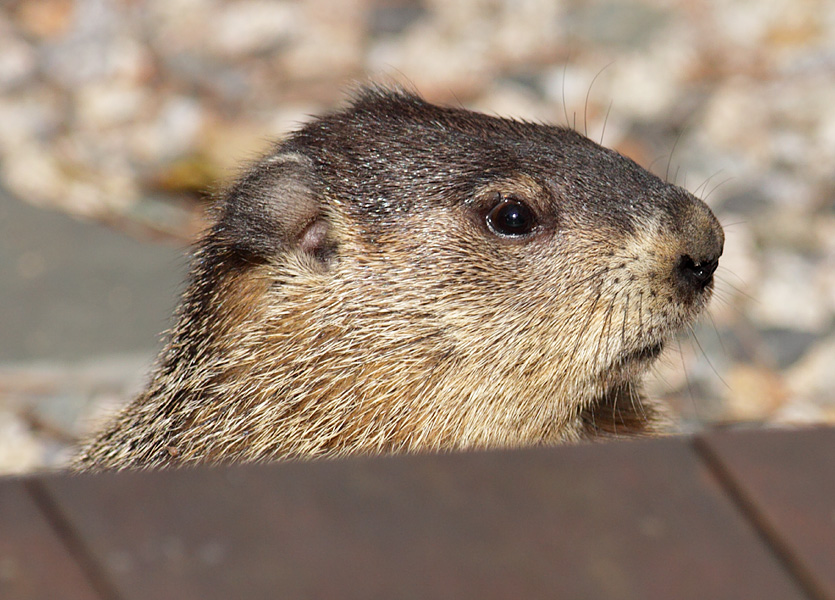
Woodchuck
The local golf course was home to a couple of Red-tailed Hawks. |
|
I only did one full day of birding. I started off at the nearby Great Bay National Wildlife Refuge. I had expected to see shore and wading birds, but most of the trails were wooded, and the one wetlands pond had no birds when I was there. In the wooded areas I saw Northern Cardinal, Eastern Wood-Pewee, Red-eyed Vireo, American Crow, Blue Jay, American Goldfinch, White-breasted Nuthatch, Mourning Dove, Downy Woodpecker, and possibly a Catbird. An Oriole caught my eye. It was most likely a Baltimore Oriole because it had a black head and an orange tail tip, but Bullock's Orioles can also be seen in New Hampshire, and the Oriole I saw had broad, white wing coverts characteristic of a Bullock's Oriole. I wonder if there are hybrids of the two? |
|
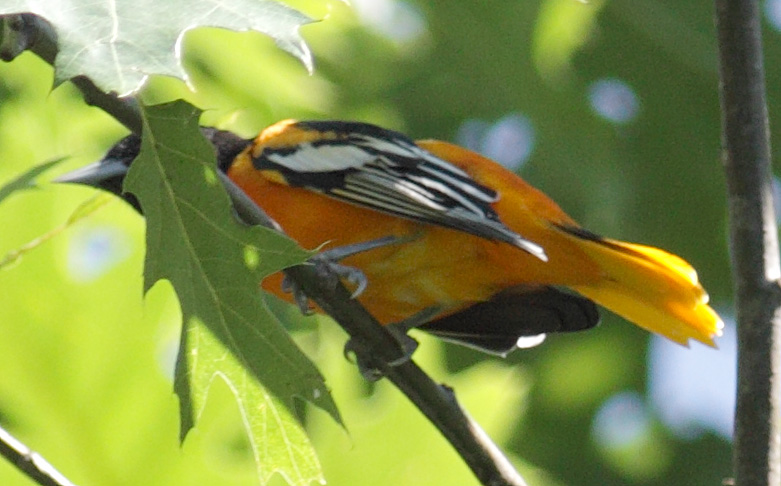
Baltimore Oriole
As I emerged from one of the wooded trails and hiked along a large field, I wondered if there would be any raptors in the area. Just as I finished my thought, I saw an American Kestrel in the distance. |
|
Before leaving the Great Bay NWR, I sat at a picnic table by the parking lot to eat some lunch, and was treated to a pair of Barn Swallows that chased a Broad-winged Hawk from a tree.

Barn Swallow and Broad-winged Hawk
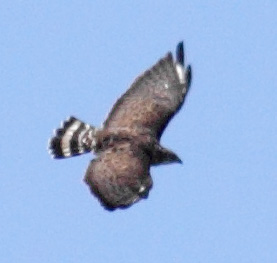
Broad-winged Hawk

Broad-winged Hawk
Our friends lived on one side of the bay, and Odione Point State Park was on the other side. Sandy and rocky beaches were great habitat for shore birds, some of which were new life birds for me. I spent a little time each of the first three days on one side of the bay, and the last afternoon at the state park.
There were a few American Black Ducks and Mallards, but the most common duck was Common Eider. Eiders were seen in various stages of development and molt - some with white bills and others with gray bills, and most with a combination.
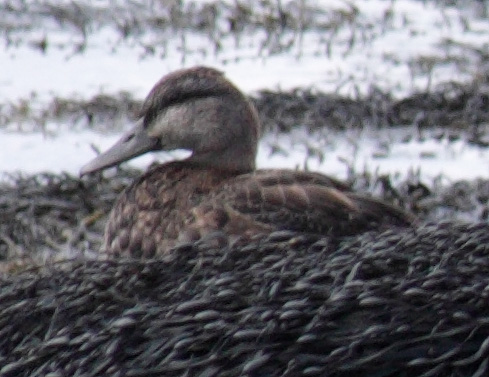
American Black Duck

Mallard

Common Eider
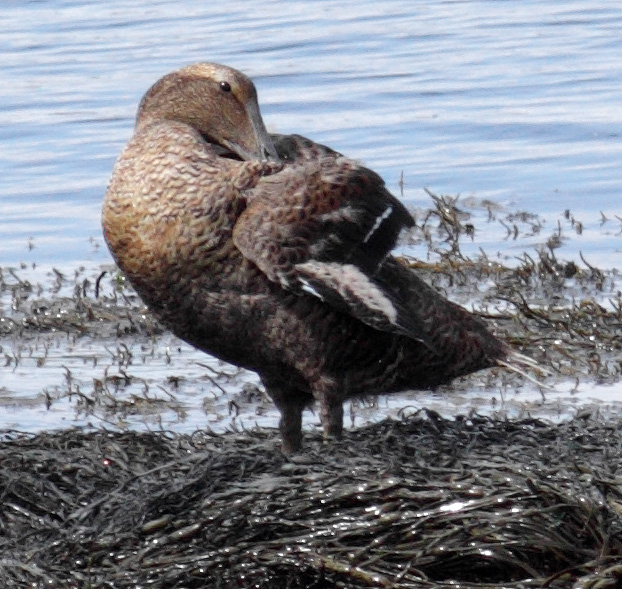
Common Eider
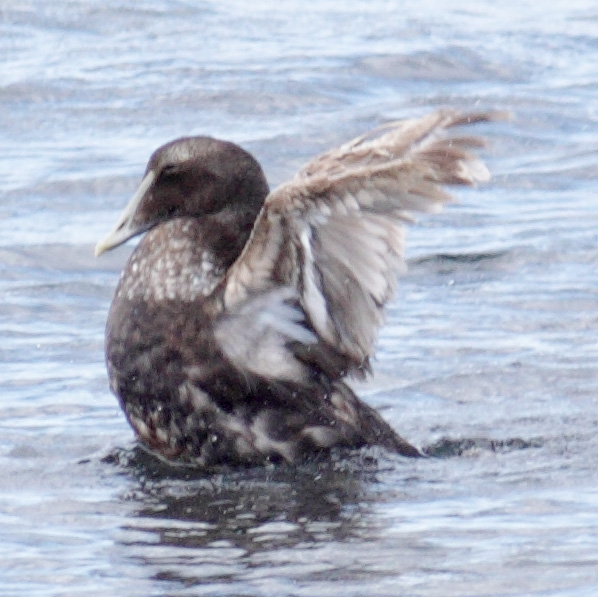
Common Eider
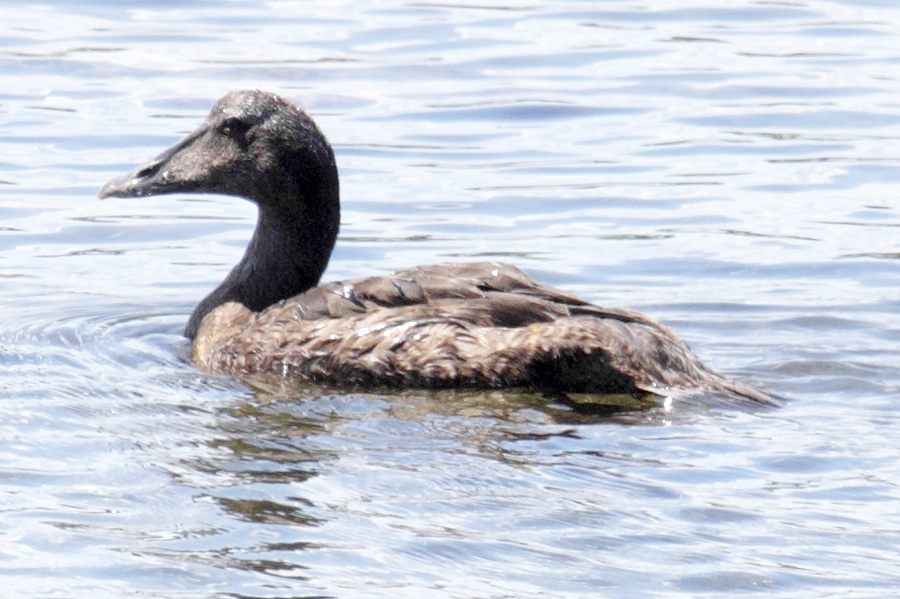
Common Eider
Herring, Ring-billed, and Great Black-backed Gulls were abundant, and I saw a lone Bonaparte's Gull diving for dinner.
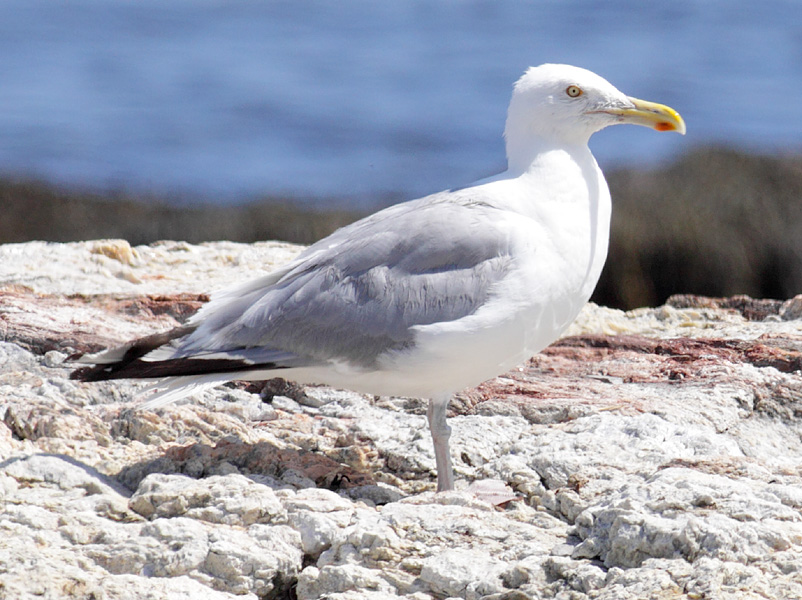
Herring Gull
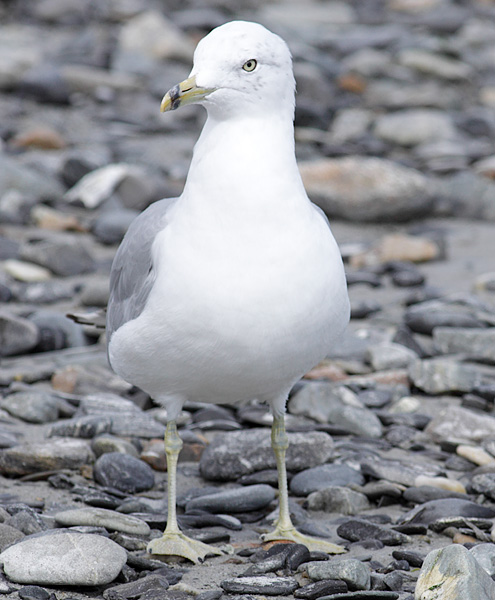
Ring-billed Gull
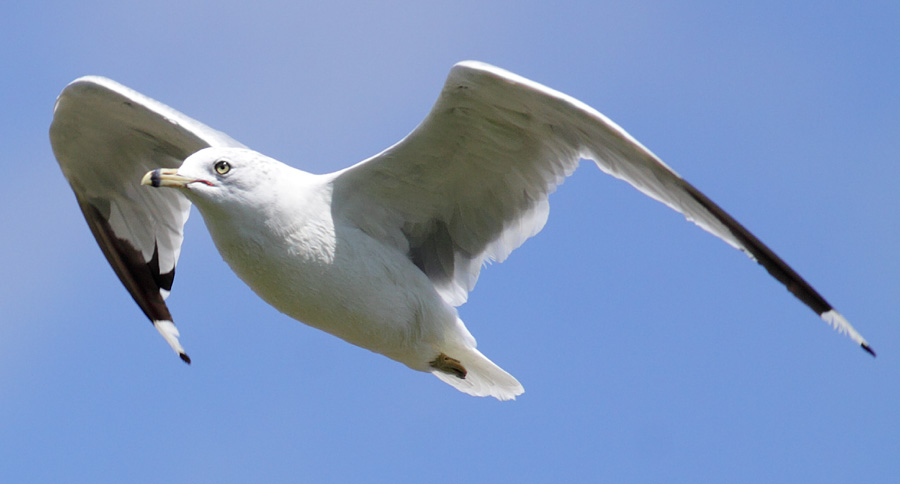
Ring-billed Gull
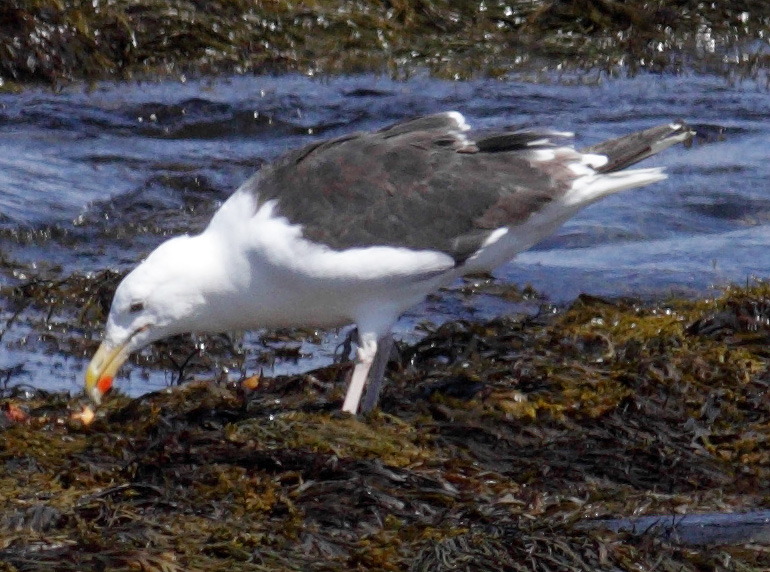
Great Black-backed Gull
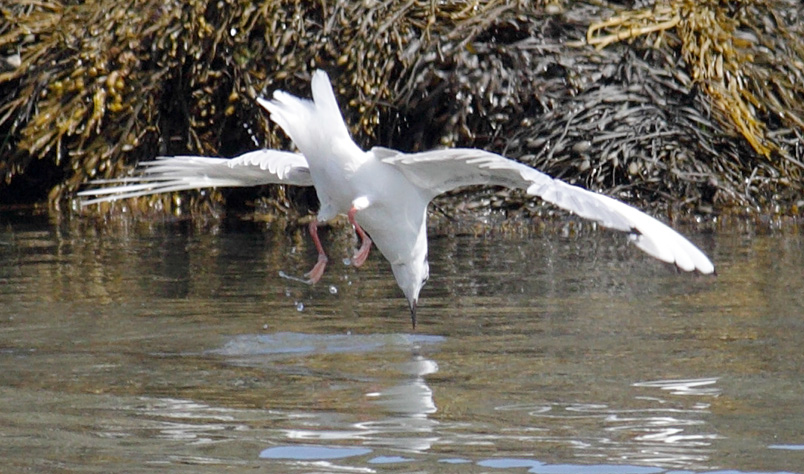
Bonaparte's Gull
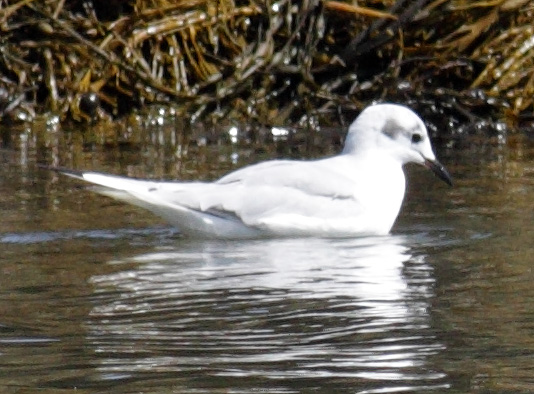
Bonaparte's Gull
There were Bank and Barn Swallows, Fish Crows, and American Crows.
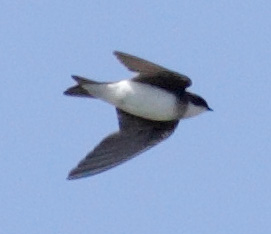
Bank Swallow
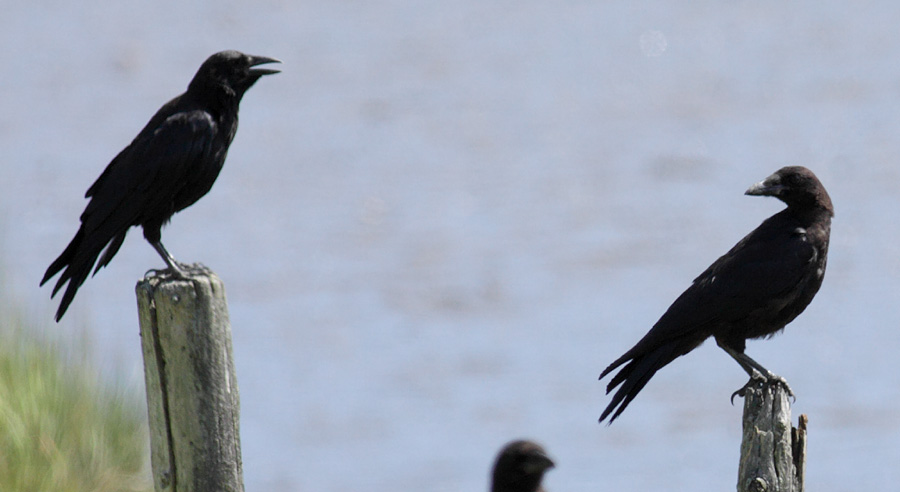
Fish Crows
The most abundant shore birds were Double-crested Cormorants. They congregated on various rocks, and I counted at least 50 of them.

Double-crested Cormorants
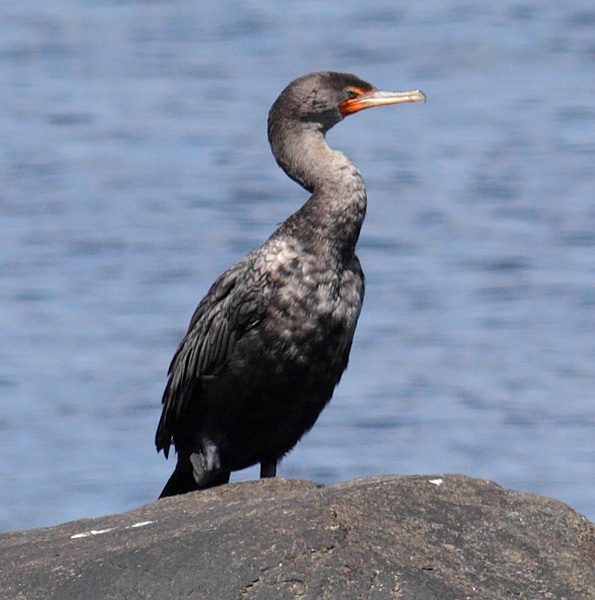
Double-crested Cormorant
The birding highlight of the trip for me involved a flock of Semipalmated Plovers. Two Semipalmated Sandpipers had also joined the flock. The first time I saw them was on the side of the bay where our friends resided. There were juvenile and adult Plovers, and some in breeding and others in non-breeding plumage.

Semipalmated Plovers
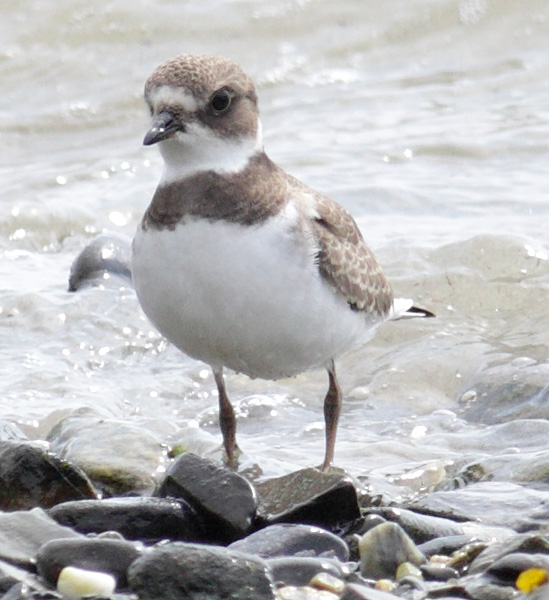
Juvenile Semipalmated Plover
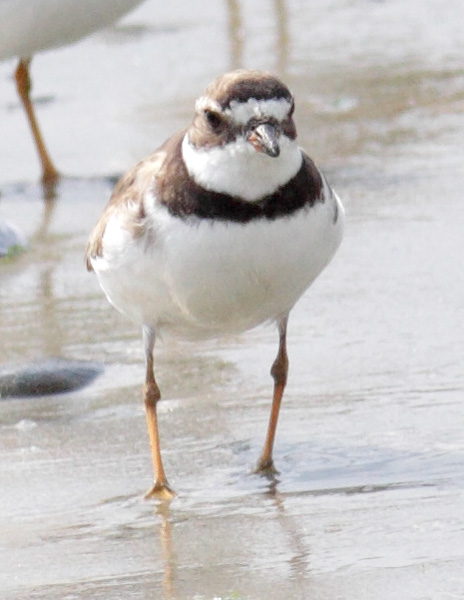
Non-breeding plumage Semipalmated Plover
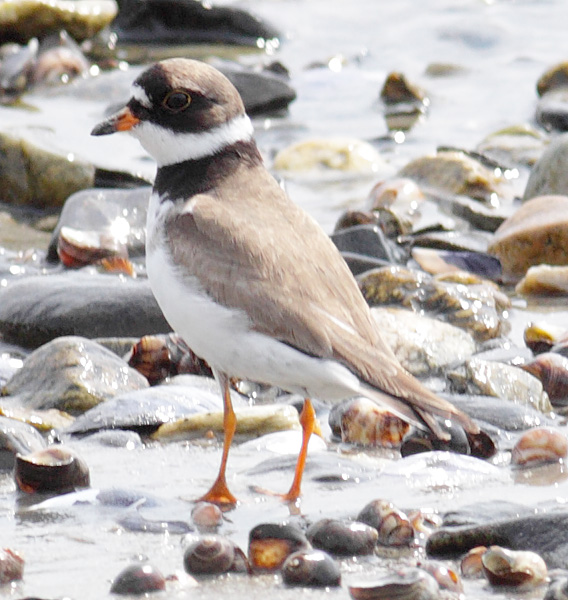
Breeding plumage Semipalmated Plover
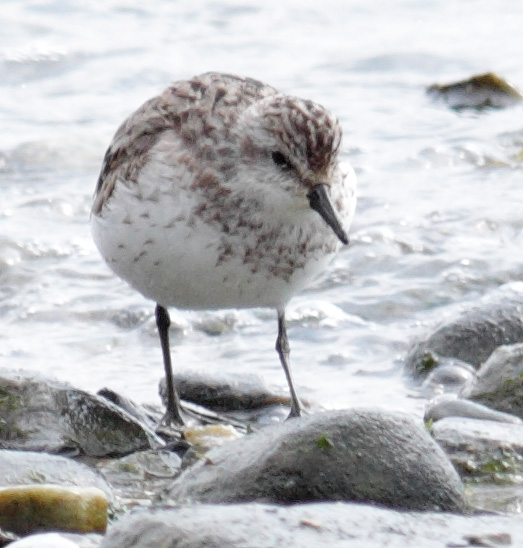
Semipalmated Sandpiper

Semipalmated Sandpiper and Plovers
The grand finale of my New Hampshire birding was at the end of my birding day. I saw a large wetland mud flat across the road from the Odione Point State Park boat ramp, and I walked on the bridge as I saw another Semipalmated Plover there. Soon there was a lot of commotion near the water. A juvenile Peregrine Falcon was going after the rest of the plover flock. The flock got away, and I got some good shots of the falcon. After processing, I could see that the falcon had been banded.
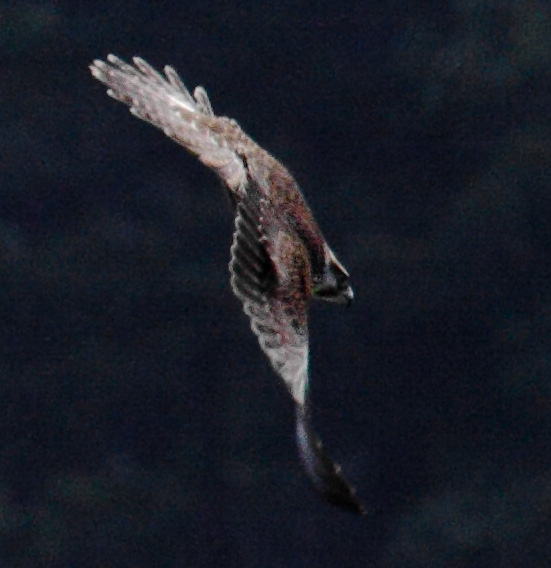
Juvenile Peregrine Falcon
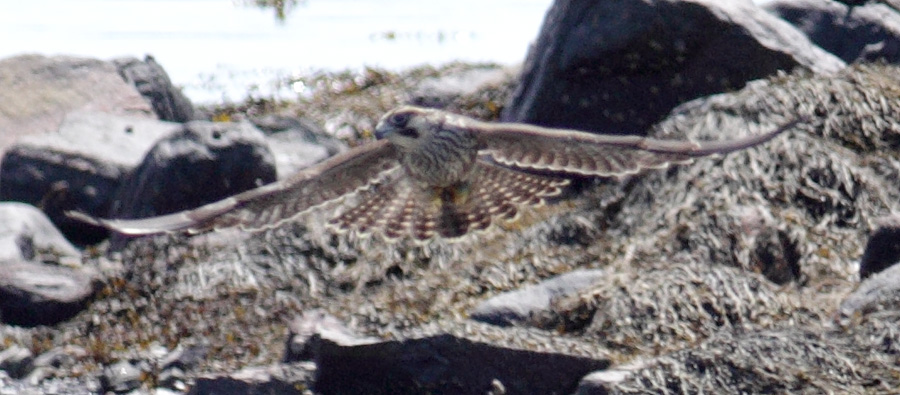
Juvenile Peregrine Falcon
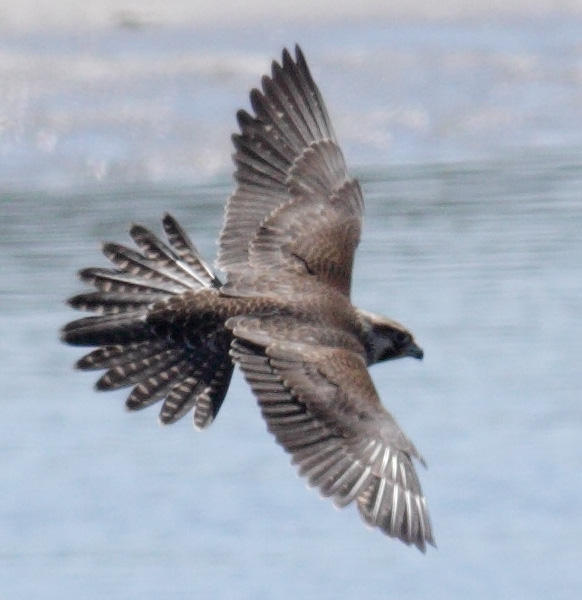
Juvenile Peregrine Falcon

Juvenile Peregrine Falcon
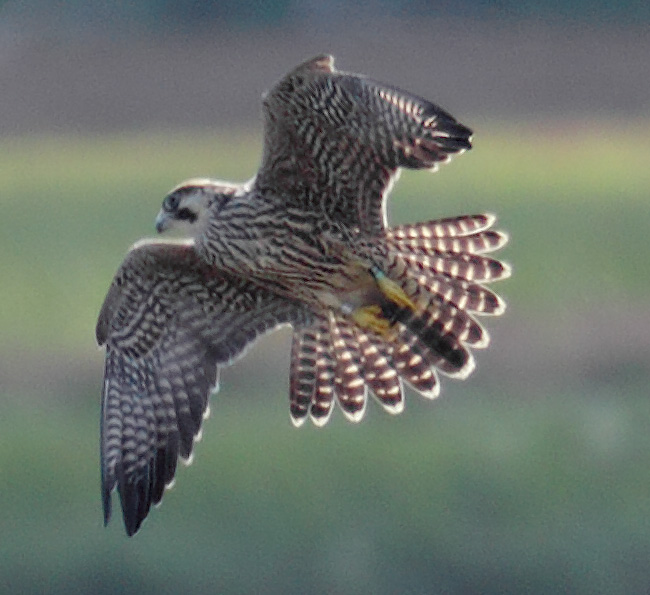
Juvenile Peregrine Falcon